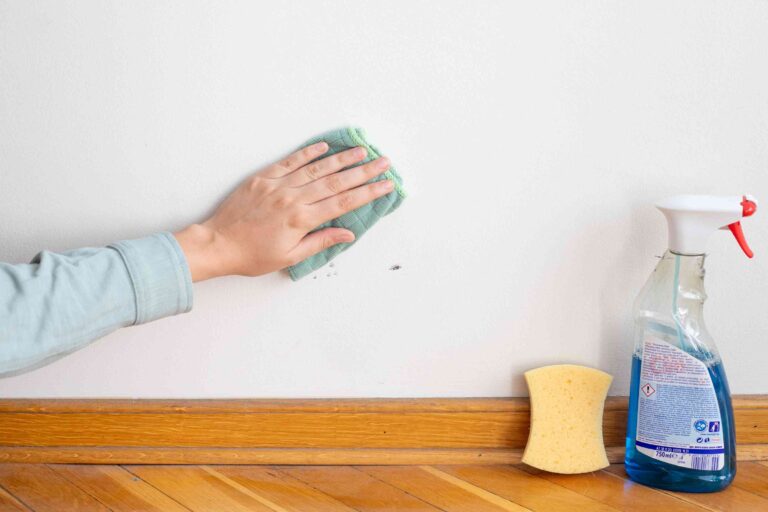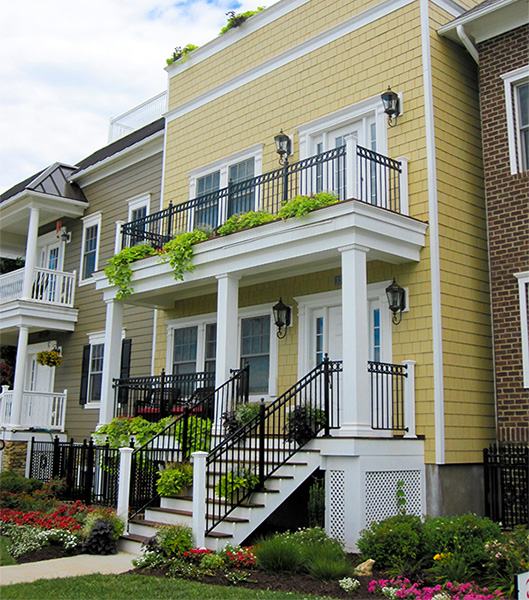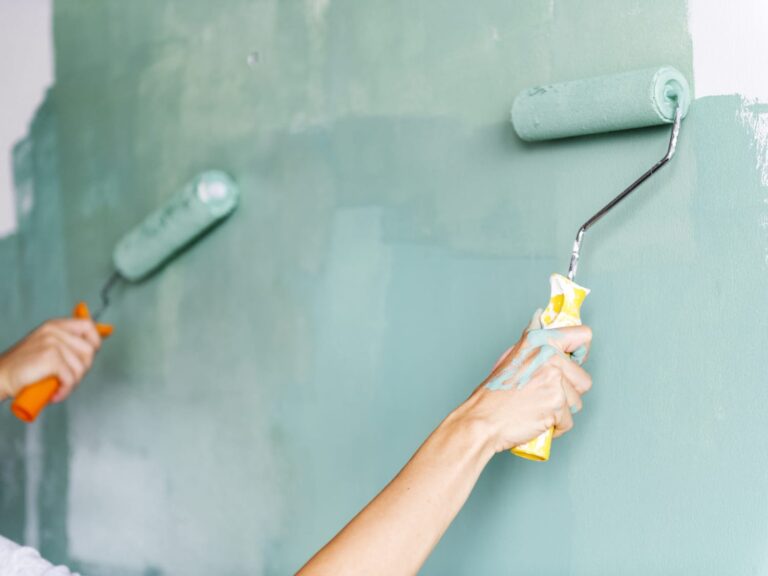How Do You Take Care Of A Potted Kalanchoe Plant?
Taking care of a potted kalanchoe plant can be a rewarding experience. Kalanchoe plants are easy to care for and make beautiful house plants. With the right care, your kalanchoe plant can thrive indoors and adorn your home with its lovely foliage. To ensure your kalanchoe plant stays healthy, you’ll need to provide adequate sunlight, water, and temperature, and fertilize it as needed. Proper potting and pruning will also help your kalanchoe plant look its best. With a bit of attention and care, your kalanchoe plant will be a treasured addition to your home.
Choosing the Right Pot
When it comes to choosing the right pot for a potted Kalanchoe plant, there are a few things to consider. The pot should be slightly larger than the Kalanchoe’s root ball, as this will provide the plant with enough room to grow. Additionally, the pot should have adequate drainage to ensure that the plant is not sitting in water. A pot with a drainage hole is ideal, as it will allow excess water to drain away. Clay pots are also a good option, as these are porous and allow water to evaporate quickly. Furthermore, it’s important to consider the material of the pot when choosing one for a Kalanchoe. Ceramic and plastic pots, for example, are both non-porous and will retain water longer than clay pots. It’s important to choose a pot that’s well-suited to the type of Kalanchoe you’re growing.
Proper Soil and Fertilizer
Kalanchoe plants thrive in well-draining soil, so make sure your potted Kalanchoe is in a potting mix that is specifically made for succulents. Additionally, Kalanchoe plants are heavy feeders, so they need to be fertilized on a regular basis. Use a liquid fertilizer that is specifically designed for succulents, and feed your Kalanchoe every two weeks during the spring and summer. During the fall and winter months, you can reduce the amount of fertilizer you use and feed your plant every three weeks. Be careful not to over-fertilize your plant, as it can cause burn and damage to the roots and leaves.
Watering and Humidity
Kalanchoe plants are relatively easy to care for and thrive in both indoor and outdoor environments. Proper watering and humidity are two key factors in keeping a potted Kalanchoe plant healthy and vibrant. In order to keep your potted Kalanchoe plant looking its best, it is important to understand how much, and how often, to water it.
Kalanchoe plants prefer to be watered heavily and allowed to dry out between waterings. This means that it is best to water the plant until the soil is saturated and then allow the soil to become completely dry before watering again. Depending on the size of the pot, this can take anywhere from one to two weeks. Overwatering can lead to root rot, so it is important to wait until the soil has dried before watering again.
Humidity also plays a role in keeping your potted Kalanchoe plant healthy. These plants do best in a humid environment. If your home is not naturally humid, you can create a more suitable environment for your plant by misting the leaves with water and placing the pot on a tray of wet pebbles. This will help increase the humidity around the plant, which will help it stay healthy and vibrant.
Fading Blooms and Pruning
Kalanchoe plants are known for their bright and vibrant flowers that add a cheerful splash of color to a home. However, in order to keep these plants looking their best, it is important to know how to take care of them. One of the most important aspects of kalanchoe care is pruning and fading blooms.
Pruning is necessary for keeping the kalanchoe plant healthy and blooming for a longer duration. Trim away dead or damaged leaves and stems with a pair of sharp scissors. Also remove faded flowers to encourage new blooms. Regular pruning helps the plant to maintain a tidy and attractive appearance.
Fading blooms can be prevented by regular fertilizing and proper watering. Choose a fertilizer with a balanced ratio of nitrogen, phosphate, and potassium. Water the plant thoroughly when the soil is dry to the touch. Make sure to remove any excess water from the base of the pot and allow the soil to dry between waterings.
By taking the time to prune and care for the kalanchoe plant, it will remain a vibrant and beautiful addition to any home. With proper care and maintenance, these plants can bring life and color to a space for many years to come.
:strip_icc()/florists-kalanchoe-e49b3ec8-01cf76b3cce04317917ed8d727a78068.jpg)
Pests and Diseases
Kalanchoe plants are generally hardy and easy to care for, but they can be susceptible to pests and diseases if not properly taken care of. Common pests that can attack Kalanchoe plants include whiteflies, mealybugs, and aphids. All of these pests feed on the leaves of the plant, which can cause yellowing and wilting of the leaves. To get rid of these pests, you can use an insecticidal soap spray or neem oil.
Diseases, such as root rot and powdery mildew, are also common in Kalanchoe plants. Root rot is caused by overwatering and poor drainage, while powdery mildew is caused by humid conditions. To avoid these problems, make sure your plant is in well-draining soil and ensure adequate air circulation. If you do notice any of these diseases, you can use a fungicide to treat it.
Taking proper care of your Kalanchoe plant is essential for keeping it healthy and free from pests and diseases. Make sure your plant is in an area with adequate light and water it when the soil is dry. Additionally, inspect the plant regularly for signs of pests or diseases and take action if necessary. With the right care, you can enjoy a healthy, vibrant Kalanchoe plant for many years to come.
Re-potting
your potted Kalanchoe plant is one of the most important steps in ensuring it stays healthy and vibrant for years to come.
Taking care of a potted Kalanchoe plant requires more than just regular watering and occasional pruning. To ensure your potted Kalanchoe plant remains healthy and vibrant, it’s important to re-pot it every few years. Re-potting your potted Kalanchoe plant is a simple process that requires minimal effort and can be done in a few easy steps.
The first step is to prepare the new pot. Make sure it’s a few inches larger than the current pot and has plenty of drainage holes. Then, you’ll need to mix together the potting soil and a slow-release fertilizer. Once the soil is ready, place the Kalanchoe plant in the new pot and fill in the sides with the soil mixture. Finally, water the plant thoroughly and place it in a sunny spot.
Re-potting your potted Kalanchoe plant is essential to making sure it stays healthy and vibrant. It’s a simple process that requires minimal effort and just a few easy steps. With proper care and regular re-potting, your potted Kalanchoe plant will remain beautiful and healthy for years to come.
Propagation
Kalanchoe plants are easy to propagate by cuttings or division of the plant. To propagate by cuttings, cut a healthy stem from the main plant and remove the leaves from the bottom of the stem. Place the stem in a pot with well-draining soil and lightly water it. In time, it will develop roots and a new plant will grow. To propagate by division, gently separate the plant into two or more sections, each with its own roots. Re-pot each section in its own pot with fresh, well-draining soil and lightly water it. With a little care and attention, both propagated plants will thrive.
Growing Kalanchoe Outdoors
Kalanchoe is a succulent plant that is native to Madagascar. It is an evergreen perennial that is popular for its low-maintenance requirements and attractive foliage. For those looking to add a bit of greenery to their outdoor space, potted Kalanchoe plants are an excellent choice. Taking care of a potted Kalanchoe plant is easy once you know the basics.
When it comes to growing Kalanchoe outdoors, the key is to ensure your plant is in the right environment. Kalanchoe plants prefer warm climates and should be placed somewhere that receives plenty of direct sunlight. They also require well-draining soil and should be watered regularly, but avoid overwatering. To keep your potted Kalanchoe healthy, prune off any dead or dying leaves and ensure the soil has adequate nutrients.
Fertilizing your potted Kalanchoe is also important. Use a liquid fertilizer or slow-release fertilizer specifically designed for succulents. Applying fertilizer to your potted Kalanchoe on a regular basis will help it reach its full potential.
Lastly, be sure to keep an eye out for any signs of pests or disease. Common pests that affect Kalanchoe plants include aphids, mealybugs, and spider mites. If you do see pests, use an insecticide to get rid of them quickly. If your potted Kalanchoe is looking sickly, it could be a sign of disease. In this case, you should consult with a professional to diagnose the problem and determine the best course of action.
By following these tips, you can successfully take care of a potted Kalanchoe plant and enjoy its beauty for many years to come.
FAQs About the How Do You Take Care Of A Potted Kalanchoe Plant?
1. How often should I water my potted Kalanchoe plant?
Answer: You should water your potted Kalanchoe plant when the soil is dry to the touch, usually about once every 1-2 weeks.
2. What kind of light does a potted Kalanchoe plant need?
Answer: Kalanchoe plants need bright, indirect light. Place it in a spot that receives several hours of bright, indirect light each day.
3. How do I know if my potted Kalanchoe plant is getting too much or too little water?
Answer: If your plant’s leaves look wilted and droopy, it may be getting too much water. If the leaves are dry and starting to curl up, it may be getting too little water. Adjust your watering schedule accordingly.
Conclusion
Taking care of a potted kalanchoe plant is relatively easy and will reward you with beautiful, vibrant blooms for many months. When growing kalanchoe in pots, make sure to use a well-draining soil and to water it regularly, allowing the soil to dry slightly between each watering. Make sure to fertilize the plant every month with a balanced fertilizer and to place it in a sunny location. Additionally, it’s important to prune the plant regularly to encourage new growth and blooms. With the proper care, your potted kalanchoe plant will bring you much joy and beauty for years to come.





